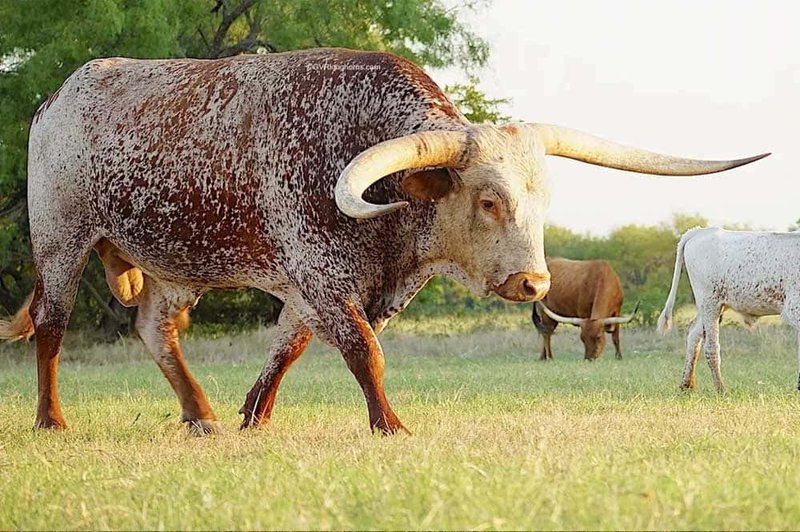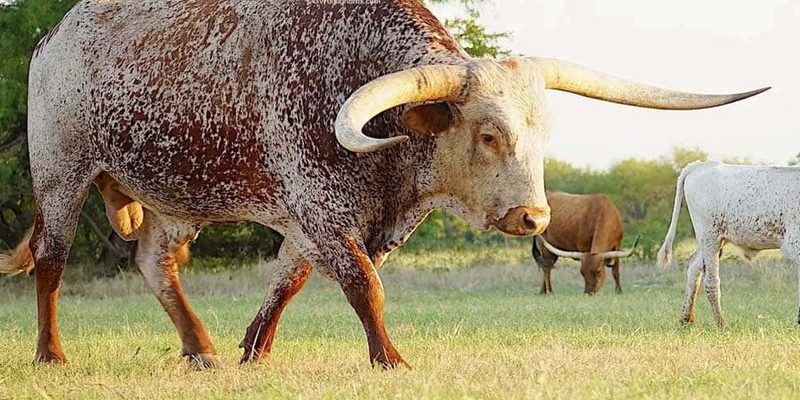
The diet of an ox is a reflection of its environment and role. Unlike predatory animals, oxen are herbivores. They’re like the lawnmowers of the animal kingdom, efficiently grazing on various types of vegetation. Knowing about their diet helps us appreciate not just their role on a farm but also their contribution to the ecosystem. Let’s break down the details of what oxen eat and how they go about finding their meals.
What Oxen Eat: The Basics of Their Diet
Oxen primarily thrive on a diet of grass, hay, and other plant materials. Think of them as nature’s recyclers, breaking down tough plant fibers into nutrients through a series of digestive processes. This digestion mainly occurs in their specialized stomachs, which have four compartments. This unique system allows them to extract maximum nutrition from their plant-heavy diets.
You might be wondering why grass forms the cornerstone of an ox’s diet. Well, grass is not only abundant but also rich in cellulose, a type of fiber that many other animals struggle to digest. Oxen are equipped with strong molars that help grind down this fibrous plant material, making it easier for their bodies to turn it into energy.
Hay becomes crucial, especially in colder months when fresh grass isn’t available. Farmers often harvest and dry grass to ensure that oxen have enough food year-round. And let’s not forget that oxen also enjoy some variety in their diet, which can include legumes, grains, and even certain fruits when available. This diversity boosts their nutrient intake and keeps them healthy.
Foraging Strategies: How Oxen Find Food
While oxen might not “hunt” in the conventional sense, their foraging strategies are impressively effective. They tend to graze in a systematic manner, often moving slowly across a pasture and carefully selecting the best patches of grass and plants. Imagine walking through a buffet: you wouldn’t just grab the first thing you see; you’d look for the tastiest options, right? That’s exactly how oxen operate.
Oxen have a natural instinct to graze in areas that are rich in diverse vegetation. They can recognize which plants are nutritious and which ones might be tough or unappetizing. They use their keen sense of smell and taste to guide their choices. Moreover, they often prefer softer, younger plants over tougher, older foliage. This selective grazing not only provides them with the best nutrition but also ensures that they don’t overgraze any single area, allowing plants to regenerate.
As social animals, oxen often forage in groups. Grazing together helps them stay safe from predators and also lets them share information about good food sources. When one ox finds a particularly delicious patch of grass, the others will often follow suit. There’s a certain camaraderie in their foraging, much like friends discovering a great new restaurant together.
The Role of Oxen in Agriculture
You might not think about it, but oxen play a vital role in agriculture beyond just being a source of meat or milk. Traditionally, they were often used as draft animals. In many countries, farmers relied on their strength to plow fields and transport goods. During these tasks, oxen would consume the very grass that grew in the fields they were working on, providing a seamless cycle of contribution.
Farmers appreciate having oxen on their land because they not only support heavy lifting but also contribute to the health of the soil. Their grazing patterns promote nutrient cycling, as they often fertilize the land naturally through their droppings. This means a farmer can benefit from healthier soil without relying solely on synthetic fertilizers. It’s an age-old partnership that highlights the interconnectedness of nature and farming.
Still, in modern times, machinery has largely taken over this role. However, the old-fashioned way of using oxen is seeing a revival in some sustainable farming communities. Many people are recognizing that working with animals is not only better for the environment but also helps preserve traditional agricultural practices.
Ecological Impact of Oxen
Beyond their agricultural uses, the presence of oxen can have a significant ecological impact. As they graze, oxen help manage plant growth and maintain grassland habitats. This allows for a healthy ecosystem that can support a variety of wildlife. Their grazers create a balance within the habitat, preventing any one species of plant from dominating the landscape.
Interestingly, this grazing behavior can also help improve soil health. As oxen eat, they stimulate new plant growth, which can lead to increased biodiversity. This is especially important in areas that may have suffered from overgrowth or invasive species. By maintaining a balanced ecosystem, oxen indirectly support the animals and plants that thrive alongside them.
Moreover, oxen contribute to carbon sequestration, a crucial process in combating climate change. When they graze, they help promote healthy grassland growth, which can absorb more carbon from the atmosphere. This naturally occurring process is integral to environmental health and sustainability.
Learning about the diet and foraging strategies of oxen opens a window into their world and the role they play in our ecosystems. From their specialized four-chambered stomachs that digest tough grass to their impact on the agricultural landscape, oxen are much more than just farm animals. They are essential players in maintaining a balance in nature while providing vital support to farmers worldwide.
So, next time you see an ox, remember that there’s a rich story behind its grazing. They teach us valuable lessons about sustainability, cooperation, and the importance of biodiversity in our world. Understanding their diet and hunting strategies might just inspire you to think a little differently about how we interact with the environment around us. After all, the world of oxen is a wonderful reminder of the simple yet profound connections we share with nature.

